The Environmental Impact of Round Cooling Towers
The Environmental Impact of Round Cooling Towers
Round cooling towers, like other types of cooling towers, have both positive and negative environmental impacts. Understanding these impacts is crucial for making informed decisions with respect to their utilize and execution. Here’s a breakdown of the environmental impact of round cooling towers:
Positive Environmental Impacts:
Water Conservation:
- Round cooling towers utilize evaporative cooling, which needs less water compared to alternative cooling methods such as once-through cooling systems. By recirculating water and utilizing evaporative cooling, circular cooling towers help preserve water resources, particularly in regions confronting water scarcity.
Energy Efficiency:
- Round cooling towers can contribute to energy efficiency by utilizing common forms such as vanishing to remove heat from industrial forms or HVAC systems. When combined with energy-efficient components such as variable-speed drives (VSDs) and premium-efficiency engines, circular cooling towers can reduce generally energy consumption and greenhouse gas emissions.
Reduced Chemical Usage:
- Properly designed and maintained round cooling towers can minimize the require for chemical added substances such as biocides, corrosion inhibitors, and scale inhibitors. By optimizing water treatment practices and utilizing progressed water treatment technologies, round cooling towers can offer assistance reduce the environmental impact related with chemical utilization and release.
Mitigation of Urban Heat Island Effect:
- Circular cooling towers, particularly those introduced in urban areas, can contribute to relieving the urban heat island effect by dissipating heat from industrial processes or HVAC systems into the atmosphere. By discharging heat through evaporative cooling, round cooling towers offer assistance cool surrounding ranges and reduce encompassing temperatures, improving overall comfort and air quality.
- To mitigate these environmental impacts, industries are progressively receiving measures such as water recycling and treatment systems to diminish water utilization and improve water quality. Moreover, the utilize of progressed cooling tower advances and cleaner energy sources can help minimize air emanations and noise levels related with cooling tower operation.
Generally, the environmental impact of round cooling towers depends on different variables, including design, operation practices, location, and administrative compliance. By executing water-efficient advances, optimizing energy usage, and receiving maintainable hones, round cooling towers can minimize their environmental impression and contribute to a more sustainable future.
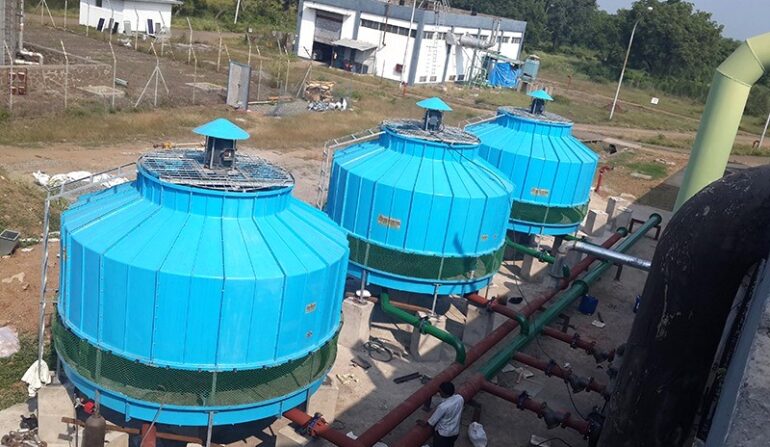


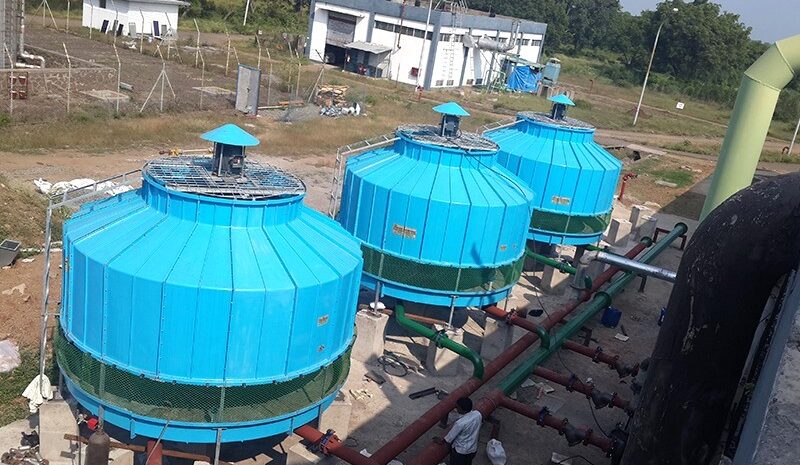
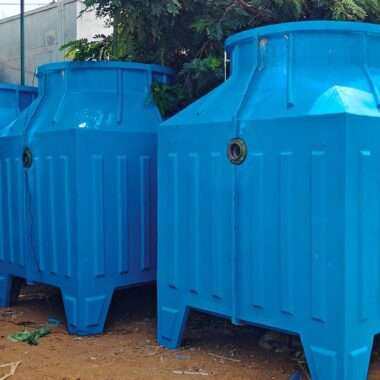
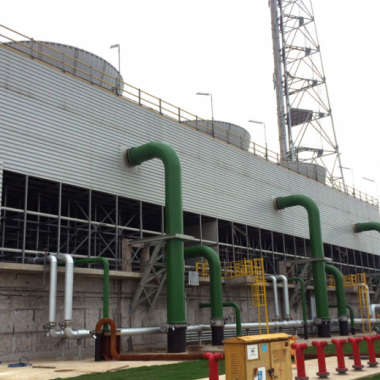
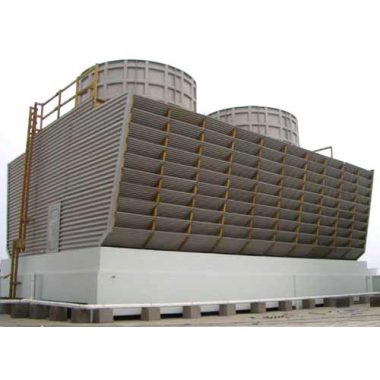
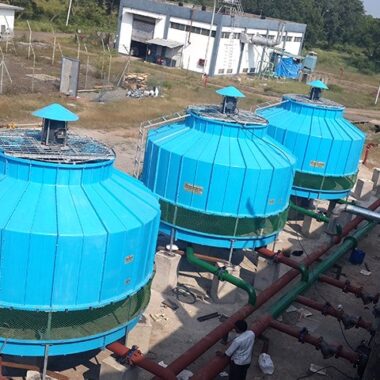
Cold Weather Operation of Cooling Towers - Cool Fab Equipments March 21, 2024 at 2:58 pm
[…] Operating cooling towers in cold weather conditions presents special challenges and considerations to ensure optimal performance and avoid system damage. Here are a few key aspects to consider for cold weather operation of cooling towers: […]
Impact of weather conditions on Cooling tower efficiency - Cool Fab Equipments March 22, 2024 at 5:07 pm
[…] Climate conditions have a critical affect on the productivity of cooling towers, influencing components such as warm exchange rates, water dissipation rates, fan execution, and by and large framework operation. Impact of weather conditions on Cooling tower efficiency, Here’s how diverse climate conditions can impact cooling tower productivity : […]
Cooling Tower Exporter in UAE - Cool Fab Equipments April 18, 2024 at 1:00 pm
[…] it comes to cooling tower arrangements, the United Arab Emirates (UAE) stands out as a center of innovation and excellence. Here’s a […]
Material Selection and Corrosion Control in Round Towers - Cool Fab Equipments April 26, 2024 at 9:36 pm
[…] choice and corrosion control are basic considerations within the plan and development of round cooling towers to guarantee longevity, unwavering quality, and performance. Material Selection and Corrosion […]